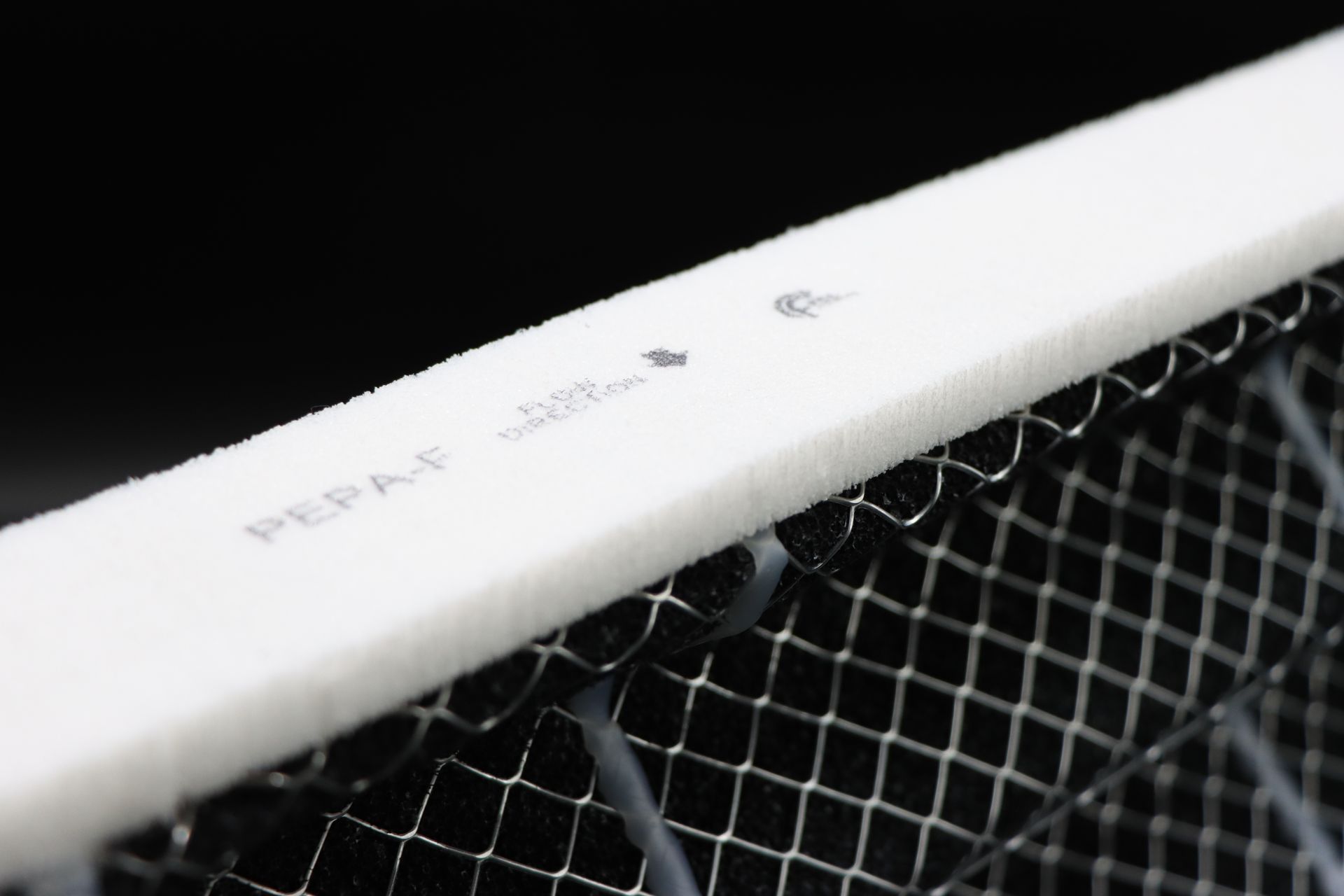Air filtration

HVAC air filter

HVAC air filter
Our new HVAC air filter captures airborne particles which may contain pathogens and viruses such as SARS-CoV-2, making travel safer than ever before and the best part? Our filter is immediately available and can even be retrofitted to existing fleets, buildings and other HVAC systems.
Slide title
Write your caption hereButton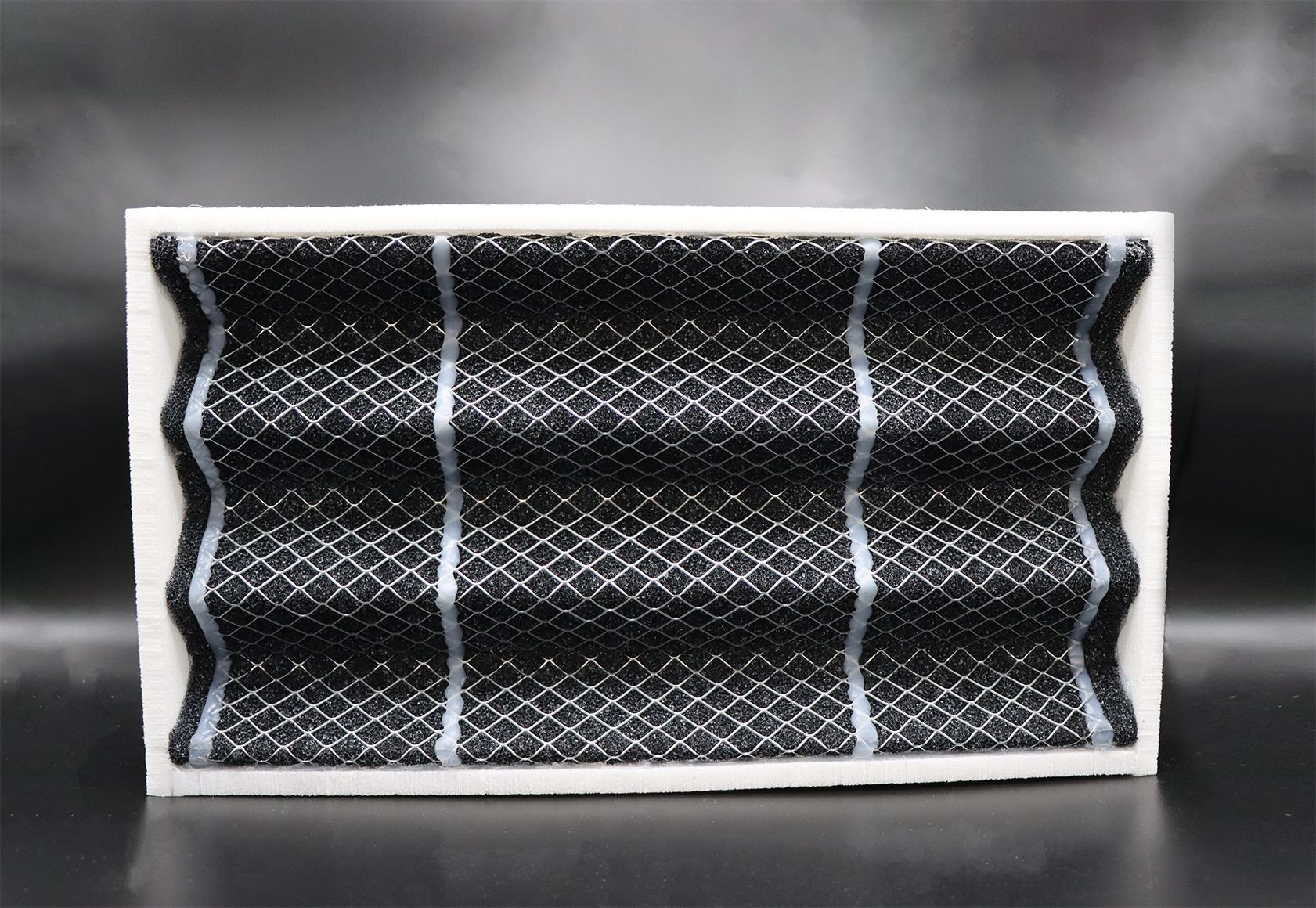
Slide title
Write your caption hereButton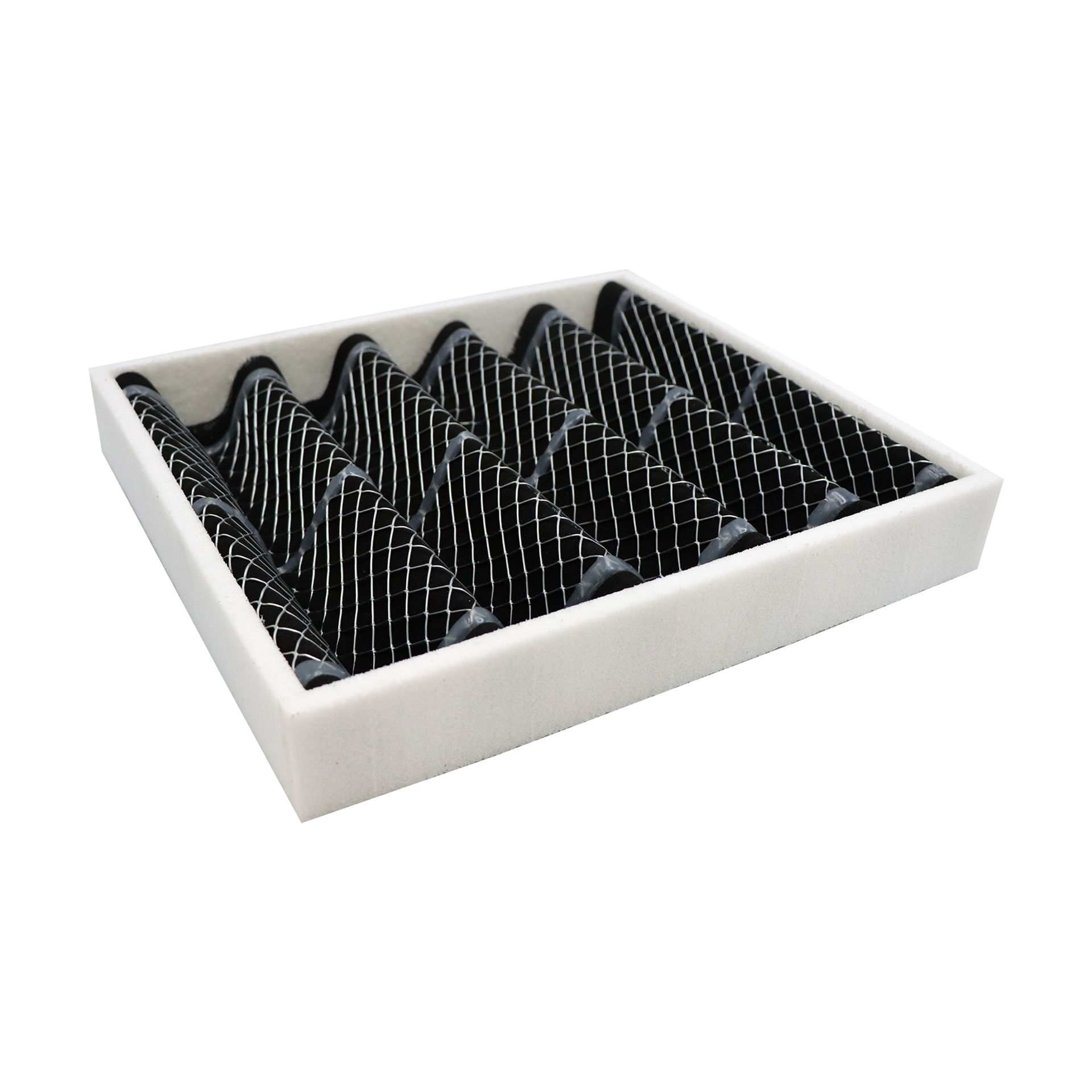
Slide title
Write your caption hereButton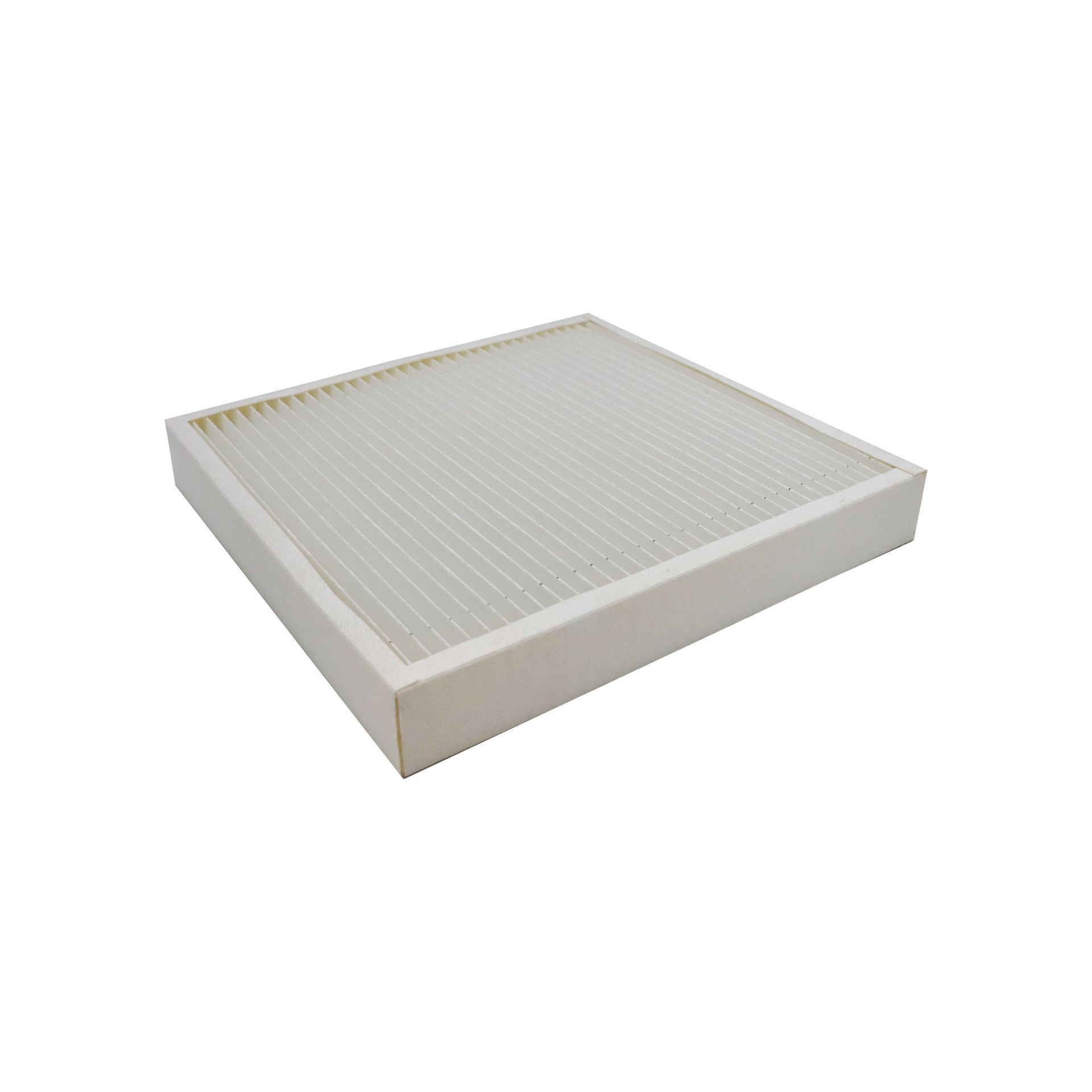
Slide title
Write your caption hereButton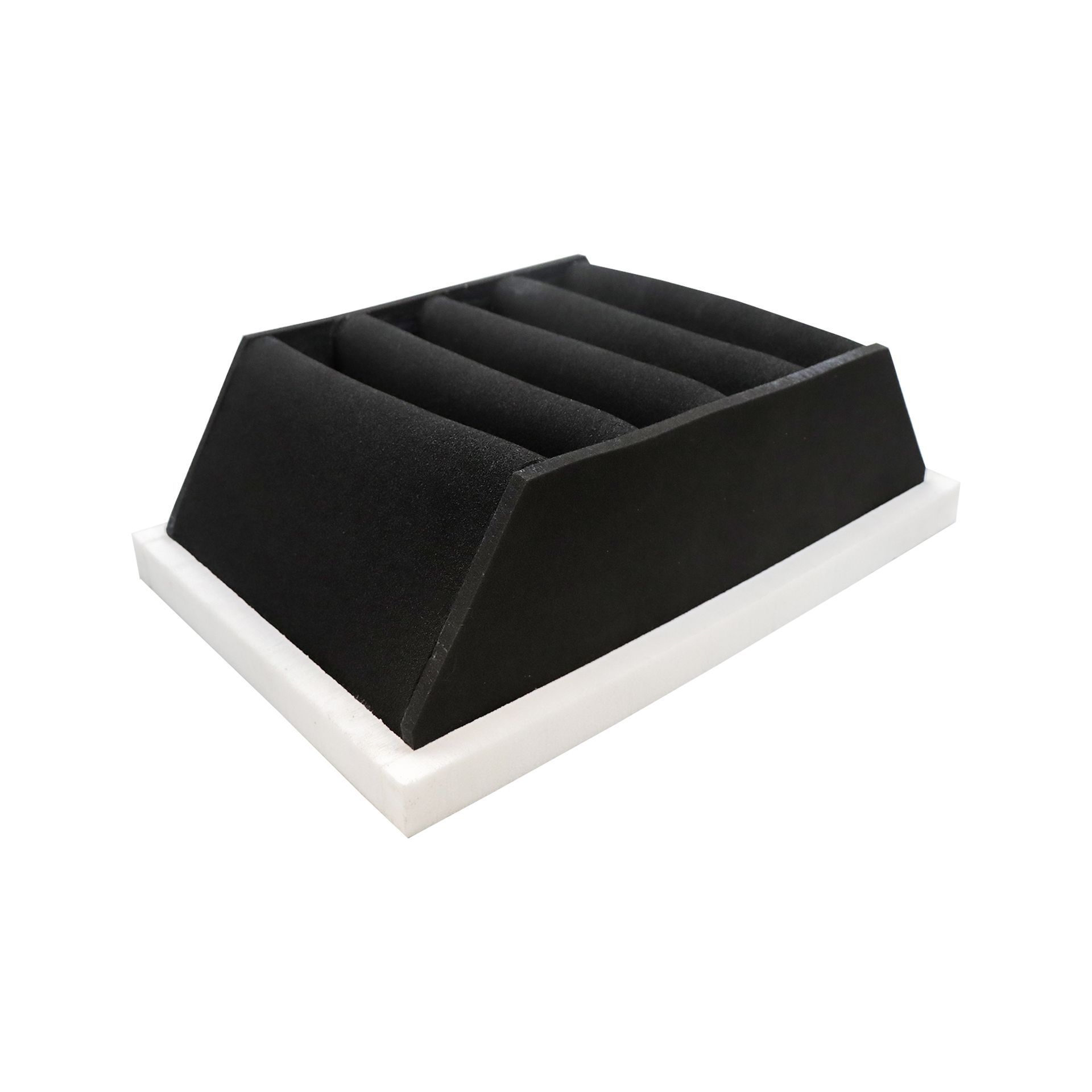
Slide title
Write your caption hereButton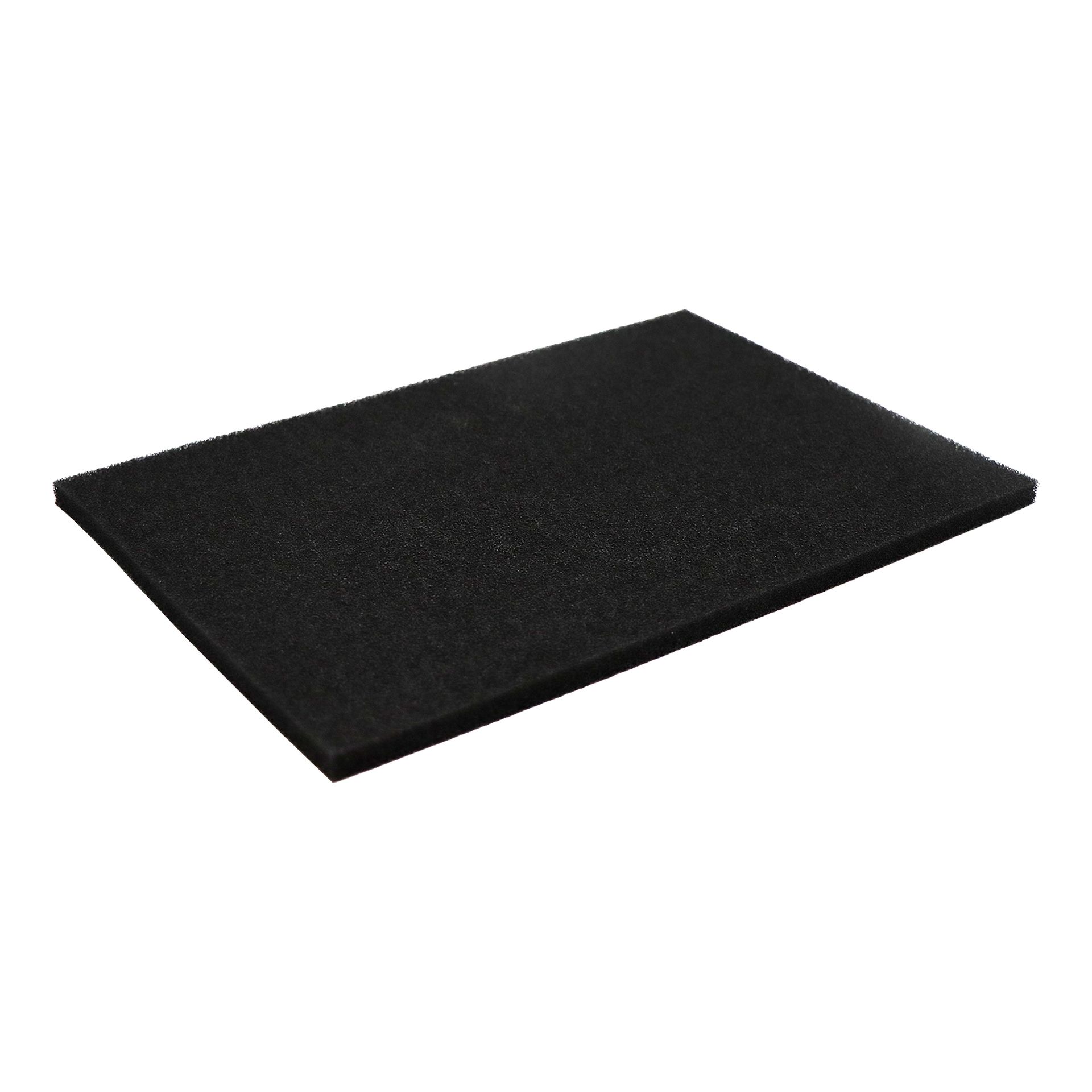
Slide title
Write your caption hereButton
Key Characteristics:
- Registered silver technology for the antiviral and antibacterial effect
- Silver attracts the viruses within the air filter structure
- Water-based latex compound with alumina tri-hydrate impregnation for fire and smoke protection (EN45545-HL3)
- It kills bacteria and destroys common harmful enveloped viruses
- Dermatologically tested to be non-irritating (safe for passengers and maintenance staff)
- No air-pressure drop ensures the same quality level of HVAC as before with basic filters
- Foam filter has a higher dust-holding capacity than paper or single-layer foam filters
- Significantly extended lifetime compared to paper or single-layer foam filters
How do HVAC air filters work?
Air filters for HVAC heating, ventilation, and air conditioning systems work by allowing the dirty air from outside the concealed unit to pass through the filter's media fibres. Once this happens, the filter catches and holds all of the dirt and harmful particulates of fine dust that are floating around and keeps them from passing through the air system of the building, to then try and make their way into our respiratory system through the mouth or nasal passage and if they are small enough they can get into the deepest parts of the lungs or even into the bloodstream.
These high-quality and rigorously tested air filters are put up to the world standards such as ISO 16890, ASHRAE 52.2 as-well as EN779. PEPA-F are designed, manufactured and tested to make sure most of the harmful and fine pieces of particular matter don't make it further through the system than the filter or are deactivated as they pass through the filter.
Air filters have many ways of trapping and holding the different categories of particle matter to purify the air that goes through them.
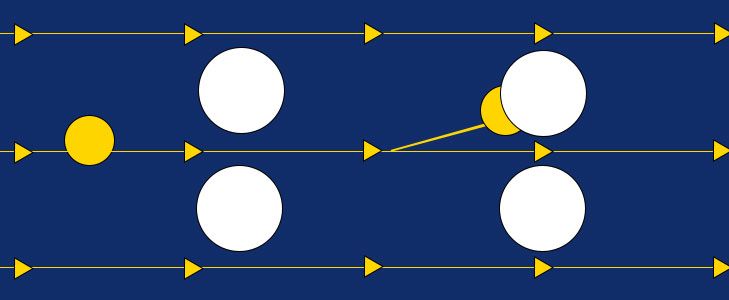
Inertial Impact
Large, high-density particles are typically caught by inertial impaction. The air travels through the filter media and passes around the fibres. But inertia causes the particle to separate from the airflow and collide with the fibre.
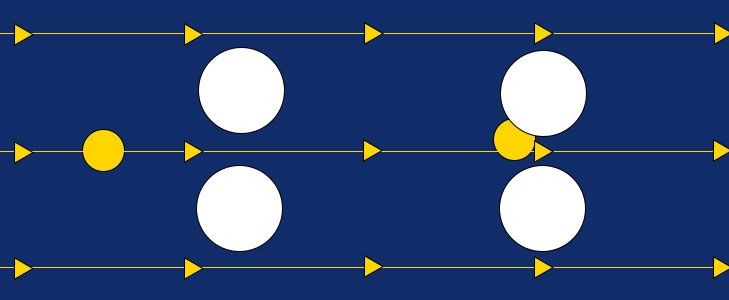
Interception
Interception captures medium-sized particles. These particles are too small to possess inertia. That's the reason for following the path of the airflow. If the particle encounters the fibre, it adheres to the media and is captured.
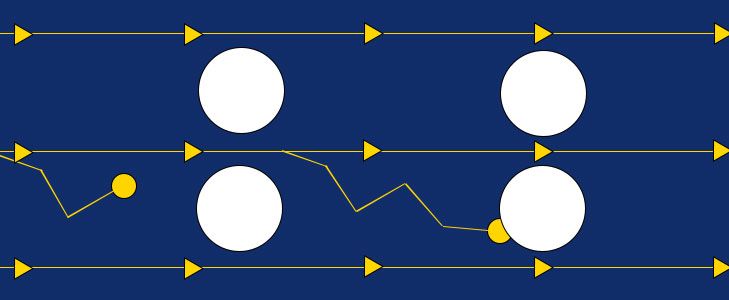
Diffusion
The smallest particles get captured by diffusion. The tiny particles travel along irregular paths, like a gas molecule. This is known as Brownian Motion and does not follow the airflow lines. This more significant movement increases the probability that the particle will collide with the filter fibre.
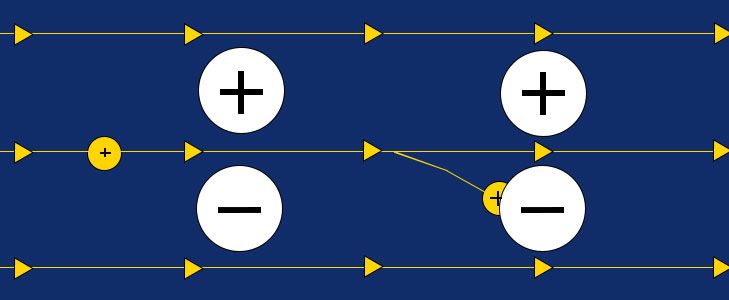
Electrostatic Attraction
Electrostatic attraction is primarily found in filters with synthetic media. The particles follow the airflow path, but an electrostatic force pulls the particle in if it comes too close. It collides with the strands of media and is retained in the filter.
Why use an air filter?
With the world changing and evolving around us, so does the microscopic world in our air that these tiny pieces of particle matter (PM) call home; these particles can affect our health significantly, from various lung diseases to heart attacks. Like us, these particles are affected by the world they live in; with time, anything that was once uniform and smooth will become uneven and misshaped.
The main ingredients in the air are known as particle matter (PM); this stuff is mainly solid, like sand particles, pollen or small pieces of metal, but they can also be found in forms of liquid matter suspended in the air. All of these can be categorised according to their dimensions, such as 100PM, which means they are under 100µm (microns) from end to end, so 10PM would make them smaller than 10µm, and 1PM would be smaller than 1µm.
Understanding the differences between these categories of particles is very important as they all affect our health differently. Particles of 100µm are denied access to our bodies just from the natural hair in our nasal passage.
Unfortunately, there are smaller particles that are not stopped by these hairs, such as 10PM that can get trapped in our throats and then you have 2.5PM that can get trapped and caught in our lungs and unfortunately, there is 1PM and these particles can make it past all of the other particulates and find their way deep into our lungs and even into our bloodstreams and that can have some terrible effects on our health.
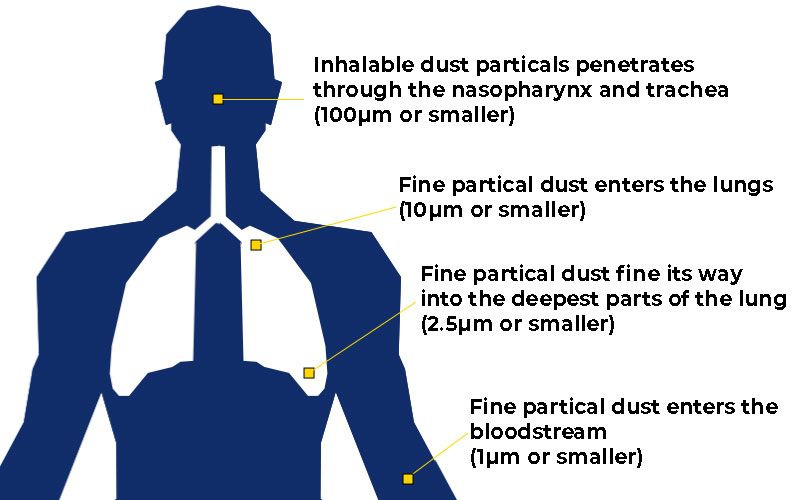
Looking to enhance your HVAC air filters?
Talk to our helpful team today!
Contact Us Today!
Thank you for contacting us.
We will get back to you as soon as possible.
Uh oh, there was an error sending your message.
Please try again!
9 Sketty Close, Brackmills Industrial Estate, Northampton, NN4 7PL
Telephone:
Telephone:
Email:
Email:
Registered in England & Wales No. 02524269
VAT No. 430650134
All Rights Reserved | Filtration Control Ltd



